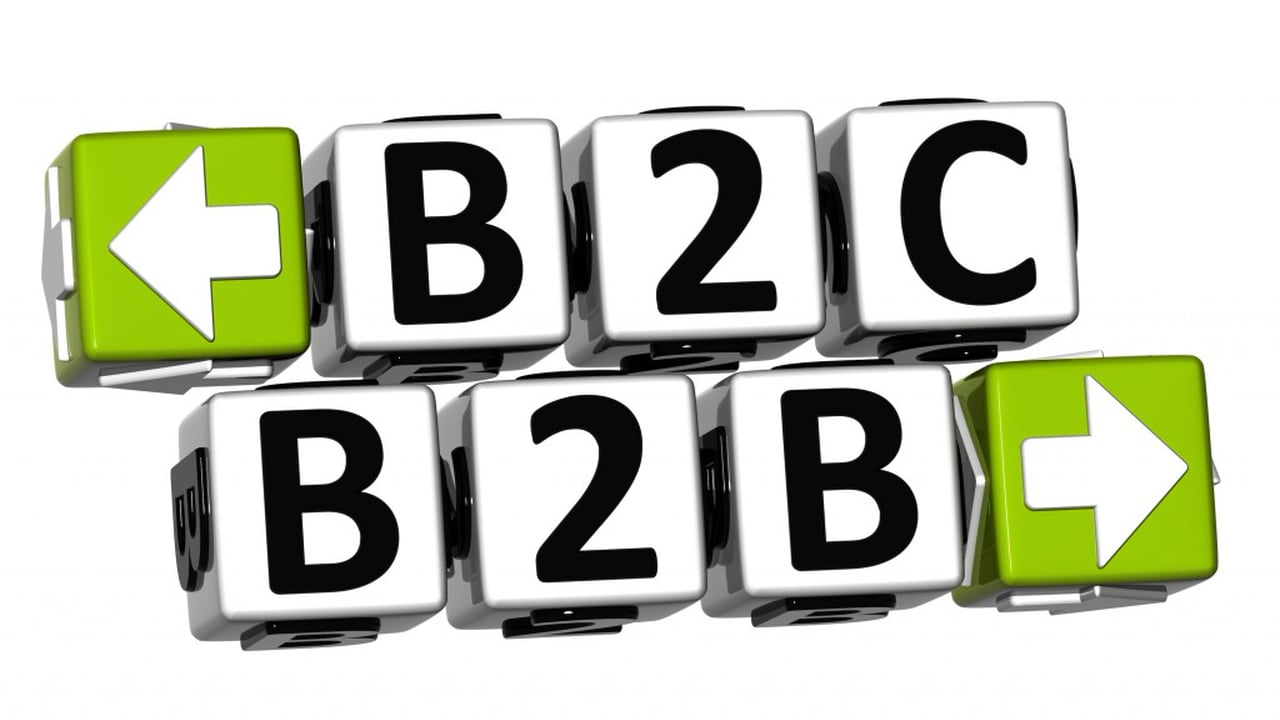In the ever-evolving landscape of business-to-business (B2B) scenarios, one component stands as a resilient cornerstone—lead generation. B2B lead generation is the lifeblood of contemporary marketing strategies, serving as the critical first step in a sales cycle. However, the landscape of lead generation is not static; it's a dynamic, ever-changing entity that requires savvy, strategic thinking and a deep understanding of your target market. This blog post aims to demystify B2B lead generation and equip you with actionable insights to supercharge your B2B lead generation efforts.
Understanding B2B Lead Generation
B2B lead generation can be described as the process by which a company identifies potential customers (leads) for its products or services within other businesses. These leads can be other organizations that may benefit from a product or service the company is offering. Unlike B2C (Business to Consumer) lead generation, where products or services are marketed directly to consumers, B2B lead generation targets other businesses.
The B2B Lead Generation Process
The B2B lead generation process often begins with identifying target industries and companies. This is followed by locating the decision-makers within those companies. Once these potential leads are identified, they are qualified based on their interest and ability to purchase. Essential tools in this process include Customer Relationship Management (CRM) systems, email marketing software, and analytic tools.
Strategies for Effective B2B Lead Generation
Effective B2B lead generation strategies often include a mix of inbound and outbound marketing tactics. Inbound tactics, like content marketing and SEO, attract leads by providing valuable content that draws businesses to your company. Outbound tactics, like email marketing and direct sales, involve reaching out to potential leads directly. Successful implementation of these strategies can be seen in companies like Hubspot and Salesforce, who use a blend of these techniques to generate leads.
Challenges in B2B Lead Generation
Despite its potential rewards, B2B lead generation can also present challenges. Some common obstacles include reaching the right decision-maker, creating high-quality content, and tracking and measuring success. However, overcoming these challenges often entails adopting new strategies, refining target audience profiles, and leveraging analytics data.
Leveraging Technology for B2B Lead Generation
The role of digital technology in B2B lead generation cannot be overstressed. The use of automation tools can streamline the lead generation process, making it more efficient. Artificial Intelligence (AI) can also be leveraged for predictive analytics, helping businesses anticipate market trends and identify new lead opportunities.
Tips for Improving B2B Lead Generation
There are several ways to improve your B2B lead generation efforts. First, ensure that your marketing and sales teams are aligned - a unified approach can yield better results. Also, continually optimize your lead generation process by analyzing what works and what does not. Measuring results is crucial to understanding performance and making necessary adjustments.
Conclusion
In the world of B2B lead generation, particularly in the vibrant and diverse market of India, it is crucial to stay on the cutting edge of strategies and technologies. The B2B lead generation landscape in India is fast-paced and continually evolving, underscoring the need for businesses to stay ahead of the curve. By implementing effective strategies, leveraging the power of technology, and continuously optimizing processes, businesses can unlock the full potential of B2B lead generation in India. Remember, success in B2B lead generation is not just about having the right tools but also about understanding the dynamics of your target market and making data-driven decisions. Whether your focus is local or global, the principles of effective B2B lead generation remain the same. Ultimately, the key to successful B2B lead generation in India lies in a comprehensive, well-executed strategy that aligns with your business objectives and meets the needs of your target audience.

 hi@demandfluence.com
hi@demandfluence.com
